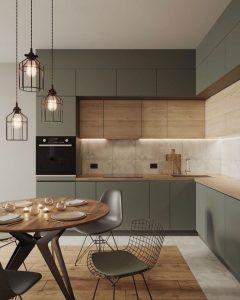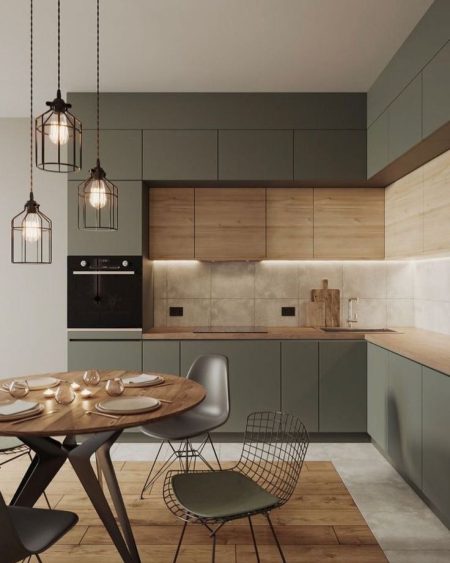Fiber cement board is a versatile and increasingly popular building material that has revolutionized the construction industry. Composed of a unique blend of cellulose fibers, cement, and other additives, this composite material offers remarkable strength, durability, and fire resistance while remaining lightweight and easy to work with. In this blog, we will delve into the world of fiber cement board, exploring its composition, applications, and the myriad of benefits it brings to various construction projects.
Understanding Fiber Cement Board
Fiber cement board, also known as cement board or fiber cement siding, is a type of building material used in both residential and commercial construction. It is composed of a mixture of cement, cellulose or wood fibers, sand, and water. The combination of these components creates a strong and durable composite material that offers various advantages for different construction applications.
The manufacturing process involves mixing cement, cellulose or wood fibers, sand, and water into a slurry. This slurry is then formed into sheets or boards through a specialized molding process. After forming, the boards are cured under high pressure and heat, resulting in a solid, dense, and resilient product.
Fiber cement boards come in various thicknesses and sizes, making them suitable for a wide range of applications both indoors and outdoors. The material is usually supplied in large sheets, and it can be cut, shaped, and installed like traditional wood or other building materials.
Key Properties and Benefits of Fiber Cement Board
Fiber cement board is highly durable and can withstand exposure to harsh weather conditions, including rain, extreme temperatures, and UV rays.
The cement component in fiber cement board provides excellent fire resistance, making it a popular choice for building exteriors and fire-rated applications.
While not completely waterproof, fiber cement board has good water resistance, reducing the risk of rot, swelling, or warping.
-
Insect and Pest Resistance:
Unlike wood, fiber cement board is not susceptible to termite damage or other insect infestations.
Once installed, fiber cement board requires minimal maintenance, saving time and effort compared to other building materials.
It is available in various textures and finishes, allowing for versatile architectural designs and aesthetics.
Fiber cement board often contains recycled materials, making it a more sustainable building option.
Common Applications of Fiber Cement Board:
Used as a cladding material for residential and commercial buildings due to its durability and design options.
As an alternative to traditional roofing materials, fiber cement board provides excellent weather resistance and fire protection.
Offers a durable and attractive option for interior walls.
Used as a substrate for tile installations in wet areas like bathrooms and kitchens.
Used for architectural accents, decorative facades, and other creative applications.
Installation and Maintenance:
- Proper handling and installation guidelines.
- Precautions and safety measures during installation.
- Tips for maintaining fiber cement board to prolong its life.
Potential Drawbacks and Limitations:
- Recognizing potential issues with fiber cement boards.
- Moisture-related concerns and prevention measures.
- Proper disposal and recycling considerations.
Conclusion:
Fiber cement board is a remarkable building material that has earned its place in the construction industry due to its exceptional properties and wide-ranging applications. From siding to roofing, this versatile material offers countless benefits to architects, builders, and homeowners alike. By understanding its composition, advantages, and proper usage, we can make informed decisions when incorporating fiber cement boards into our construction projects, ensuring sustainable, durable, and aesthetically pleasing results.
Read the full article here









